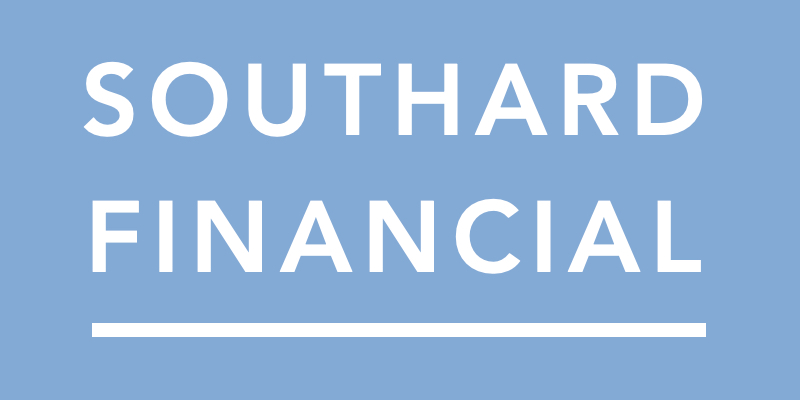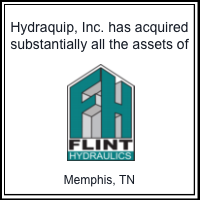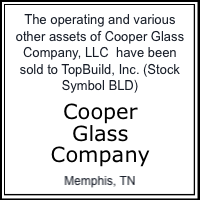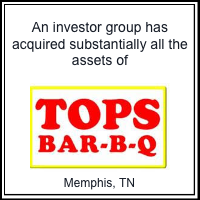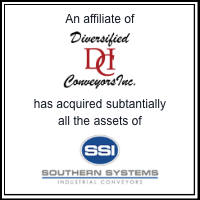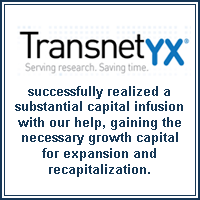
What is an ESOP and Why Should You Care?
An employee stock ownership plan (ESOP) could be a great option for your employees and company leadership. An ESOP is a retirement plan that vests your employees in the business and gives them a compelling reason to care about how the company is doing. When the company does well, they do well. For owners wishing to sell their business, it can provide an exit strategy while maintaining continuity within the business.
Is it something you could consider? Keep reading to learn more.
What is an ESOP?
At its heart, an ESOP is an employee benefit program designed to provide employees with a retirement plan. ESOPs got their start in 1956 as a way to encourage capital expansion and economic quality by providing employees with a retirement fund and by increasing their participation in the business.
An ESOP gives employees ownership in the company by holding shares of the company’s stock in a trust for their benefit. The value of an employee’s shares grows as the company’s value increases and as employers contribute to the fund. Participants usually receive their distribution when they retire or leave the company.
ESOPs can be funded with a financial contribution by the company, adding new shares to the trust, or the ESOP can be used to purchase shares directly from selling shareholder(s).
An ESOP is typically used as a succession tool by selling the company’s stock to the ESOP for the benefit of the employees. In this case, the ESOP purchases the shares from the owner(s) (primary stockholder(s)). The ESOP purchase is often executed by leveraging the ESOP to borrow the money to buy out the shareholder(s).
Benefits of ESOPs
An ESOP, as a result, can create many benefits for all the parties involved. Here are a few.
For employees, ESOPs:
- Improve employee morale and productivity by giving them a direct interest in the value of the business.
- Can provide a retirement option for employees that may not require any out-of-pocket contribution on their part.
- May increase job stability and security as ESOP employees are less likely to be laid off than non-ESOP employees.
”…during the Great Recession of 2008/09, employees of employees stock owned companies were four times less likely to be laid off than employees of conventionally owned companies.”
https://www.esoppartners.com/blog/bid/136115/History-of-ESOP-Tax-Law
For the owner/stockholder, ESOPs:
- Give the owner a way to sell the company and plan his/her exit.
- Allow for the sale of owner stock, scheduled over time, for a strategically planned exit.
- Could delay or eliminate certain taxes on the sale of the business.
For the company, transitioning to an ESOP:
- Provides a way to raise cash for growth and pay down debt.
- May provide a tax break for the portion of the business owned by the ESOP.
- Could endure economic downturns better than non-ESOP companies.
Next Steps for ESOPs
As part of the process of setting up an ESOP, the company’s value must be determined. Your trustee will work with a company like Southard Financial to do an initial valuation to determine the initial sale price to the ESOP. Subsequently, a Fairness and Adequate Consideration Opinion would be issued that indicates that the ESOP participants were treated fairly in the transaction. We also work with business owners who want to secure another valuation of the company as a second opinion as they navigate the ESOP sale process.
Once an ESOP is up and running, a valuation is performed annually, and the employee accounts are updated accordingly.
The process for getting started can feel daunting. Please contact us with any questions about ESOPs, as we work with companies across the U.S. doing initial transactions and ongoing annual valuations. We would love to help you determine the next best step for you and your business.
